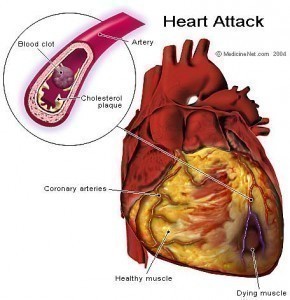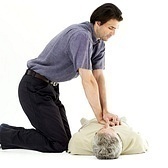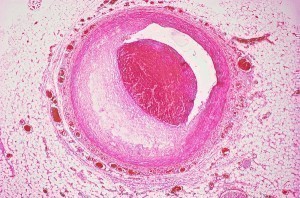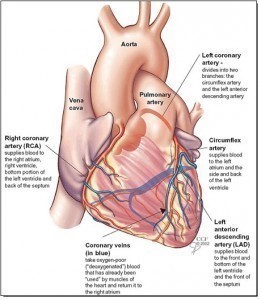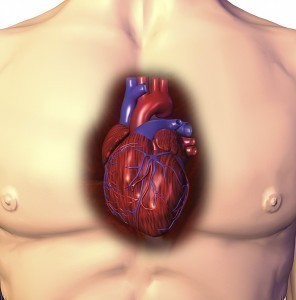15 Things You Can Do to Avoid a Heart Attack
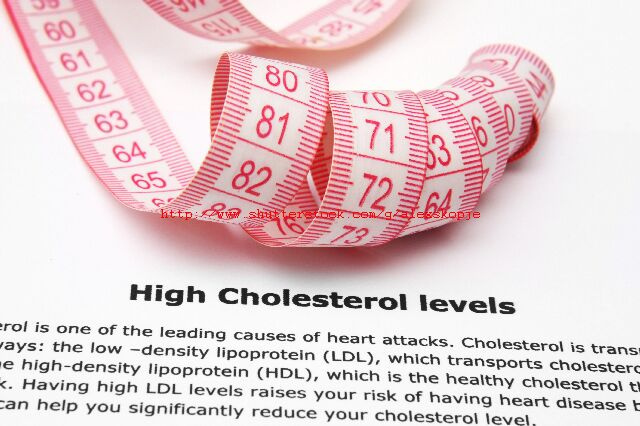 Photo by http://www.pond5.com/artist/alexskopje
Photo by http://www.pond5.com/artist/alexskopje
4. Know Your Cholesterol
Cholesterol is a waxy, fat-like substance that can build up in your arteries. Eventually, the buildup calcifies into plaques that harden the arteries and limit blood flow, which increases your risk of heart attack and stroke. If you have never had your cholesterol checked, ask your doctor about getting a lipid profile blood test. A typical lipid profile will provide the following information:
• Total cholesterol—An optimal total cholesterol level is 200 mg/dL or below.
• HDL cholesterol—HDL is also known as “good” cholesterol and provides some cardiovascular protection by helping the body break down “bad” cholesterol. An HDL level of 60 mg/dL or above is considered healthy.
• LDL cholesterol—High levels of LDL, or “bad” cholesterol, is a significant factor in the development of heart disease. You should strive for an LDL level of 100-129 mg/dL.
• Triglycerides—These are the most common fats found in the body. High triglycerides and LDL along with low levels of HDL are associated with hardening of the arteries and the buildup of fatty deposits in the arteries.

